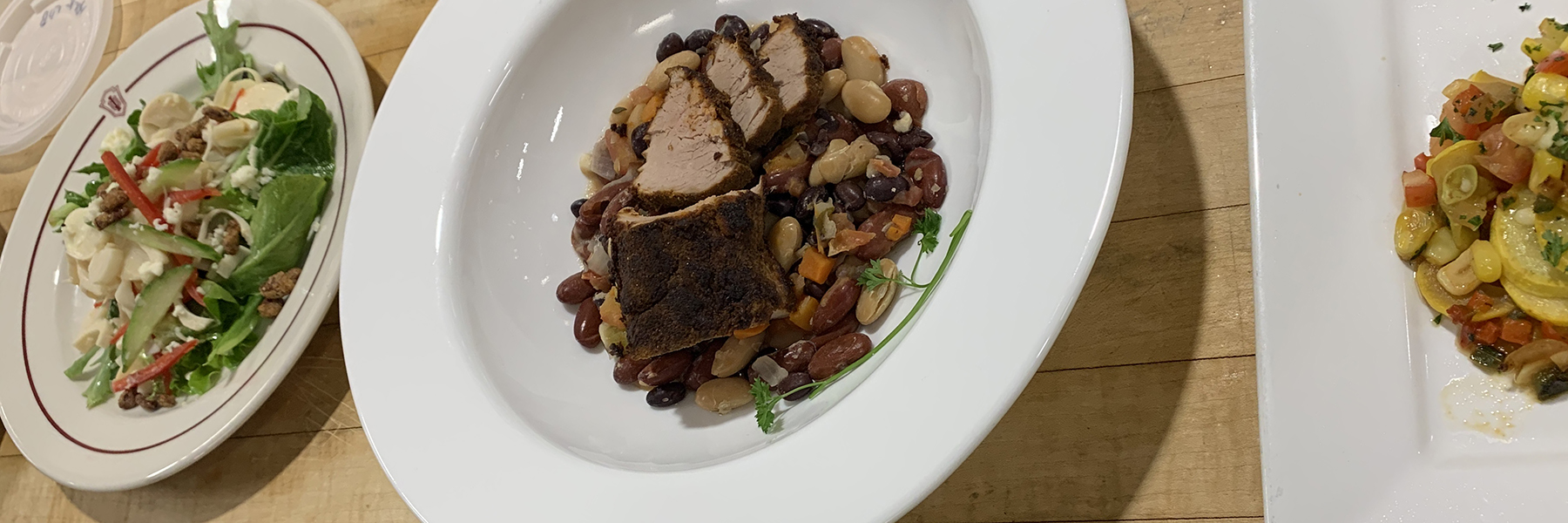Swamp Cabbage is from Seminole tribe region. It comes from the Cabbage Palm Tree. It is rare and replenishable. It’s unique flavor will intrigue taste buds. It is known better as hearts of palm. Because of the name, many mistaken it as leaf cabbage. Furthermore, yes, the name is not is nice as hearts of palm. But the concept of colonization, is placed on this term, non native people would rather have the it called hearts of palm. This one way to take away and change culture’s language and remove it from its ancestry.
1lb Hearts of Palm, sliced into coins
1 Red Peppers, julienne
1 English cucumber, Sliced
2oz candied pecans
1oz queso fresco, shredded
Mixed Greens
lemon vinaigrette
- Combine all ingredients except for the cheese and vinaigrette.
- Pour in vinaigrette, only enough to coat the salad.
- Garnish with queso fresco cheese.
Vinaigrette
2t Lemon Juice
1 lemon zest
6t olive oil
1 small shallot, small dice
1 clove garlic, minced
Salt to taste
Pepper to taste
- Combine all ingredients in a small bowl and whisk them together.
- Pour enough on the salad to coat every item, do not have the salad swimming in the vinaigrette.


